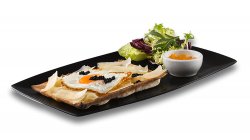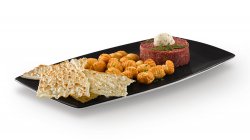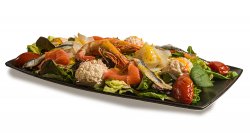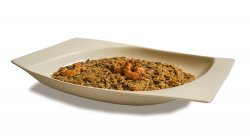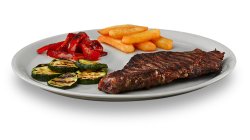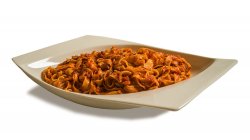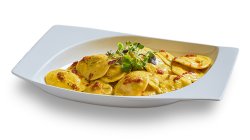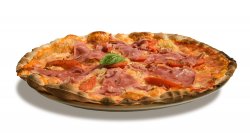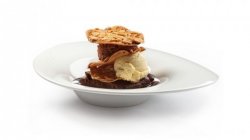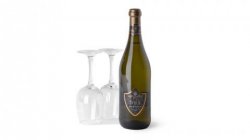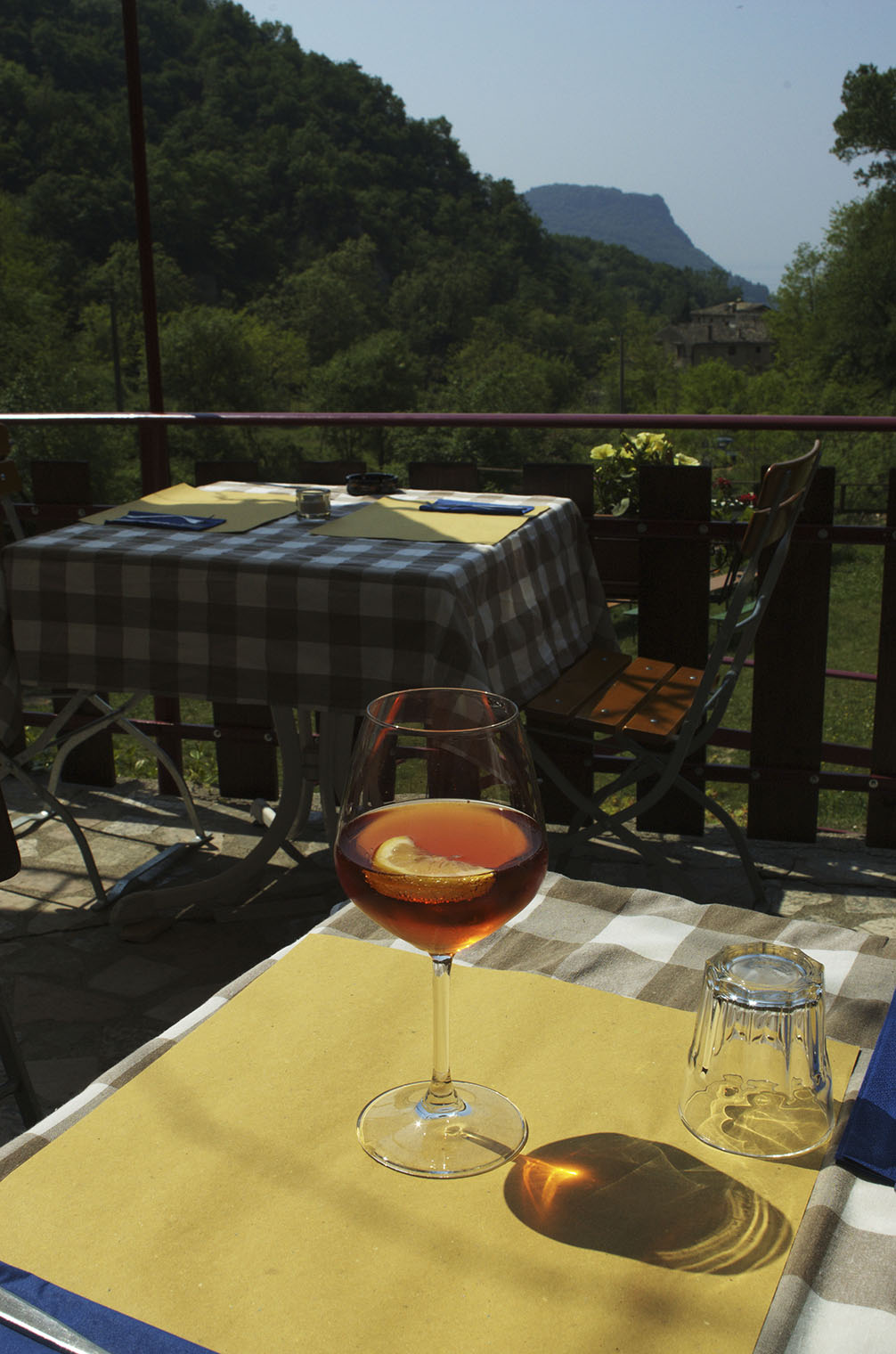
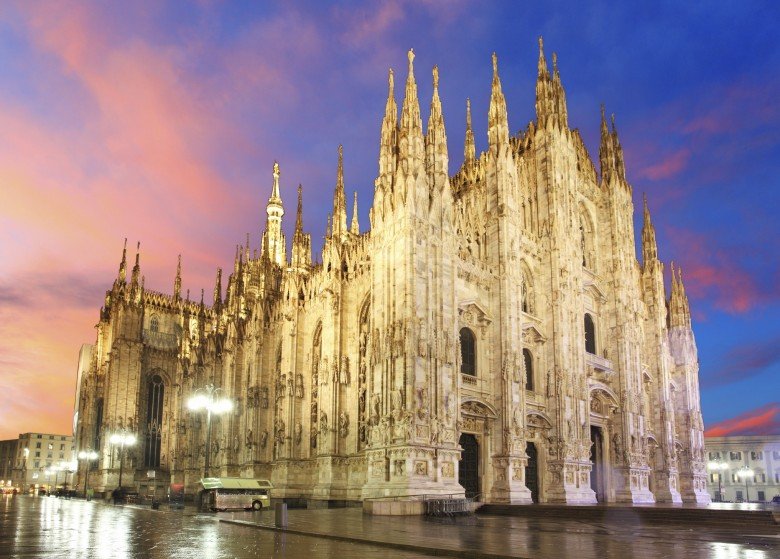
The ritual of the Milanese Aperitif
We’re still in Milan, a city recognized by every Italian for its dynamic social life, its fashionable locales and leisure options that reflect the most cutting-edge trends in Europe, surrounded by historic sites that bear witness to the aristocratic roots of its ancestry. This is the place that has borne witness to the emergence of customs and drinks which, little by little, we have adopted as our own.
“Cin cin” is what the Italians generally say when clinking glasses together in a toast. This expression, which derives from the English “chin-chin", a mutation of the Chinese ch’ing ch’ing, meaning ‘please’, was introduced to Europe for the first time by British sailors. Today, as then, in Italy and in Milan in particular, this courteous ritual is most often heard during the aperitif hour. The tradition which places the capital of Lombardy as the creator of this ritual started out back in the 1980s thanks to an advert which became a mandate of those years. With its slogan “Milano da bere” (Milan is for drinking), the company Amaro Ramazzotti launched its most famous drink, a liqueur obtained from macerating 33 types of herbs, destined to become the first aperitif that was not based on wine.
The image that the ad aimed to transmit to Italians was of a dynamic, powerful, vibrant Milan with the capacity to emerge like a phoenix from the tragic acts of terrorism that devastated the city in the 1970s. Milan, back then, became a symbol of wellbeing, of a frenetic lifestyle, of a carefree modern city. The Ambrosian capital was aiming high and wanted to be seen as the European version of New York, as the Italian city that never sleeps, peopled by top models and stockbrokers. That’s when those amazing streets housing the most glamorous stores of the Eighties came to fame: back then, Via Montenapoleone and Via della Spiga set the benchmark which still remains today. The fashion industry started to become the city’s main hallmark.
Milan became synonymous with “made in Italy”, winning its own prestige on the world’s catwalks. People showed off their joie de vivre and party lifestyle, and naturally this had to be accompanied by a great cocktail for sharing and celebrating their successes. And that’s when the ritual of the aperitif was born, an eternally modern trend that is gaining more and more followers around the world. In this context, one of the unarguable icons of Milan is Campari. Its origins can be found in the arrival of Gaspare Campari in the city back in 1862. Working between Novara and Turin, after several attempts to start a business with varying fortunes, the businessman managed to open a bar on the central Plaza Duomo next to the stunningly beautiful Vittorio Emanuele shopping mall.
Gaspare set up a laboratory in the back office of his premises to experiment with various distillations and elixirs until finally he hit on a successful formula. The recipe for Campari was born and according to the Milanese it has remained exactly the same since then. Both the Plaza del Duomo and the Vittorio Emanuele mall, both of which bore witness to the creation of Campari, are well worth a visit. The spectacular beauty of the cathedral, the stunning views from its summit and the time-honored elegance of the stores housed in the gallery represent the sophisticated and contradictory soul of the Lombardy capital. In this same context there is also another cocktail which has become internationally famous: the Americano. Although the name evokes another country, it is actually a very Italian drink, comprising red vermouth – originally from Turin – Campari and a touch of soda water.
Because of its ingredients the cocktail is also sometimes known as the Milan-Turin, o TO-MI from the Italian names. Some people associate the name Americano with the celebrations of Italian boxer Primo Carnera’s victory in New York during the years of fascism. Another unquestionable star of Milanese bars is the Negroni Sbagliato. Created in the 1960s by bartender, Maurizio Stocchetto, this cocktail differs from the classic version (gin, vermouth and Campari) by replacing the gin with sparkling wine or cava. “Sbagliato”, in Italian, means mistaken, as it was, in fact, a mistake in the ingredients that led to the creation of this drink which is particularly popular with local residents.
As you might expect, the number of places in which to enjoy a drink before or after work in Milan is practically endless. Many of them are clustered in the area known as Navigli. This district started life as a system of navigable irrigation systems used to link Lake Maggiore with Lake Como and the Ticino River, opening up Milan to Switzerland and northwestern Europe. Today a host of establishments line the canals, offering an aperitivo which usually comprises a hearty selection of cold pasta, pizzas, bruschette and other delicious snacks to accompany the cocktails. This gastronomic offering has gradually become so varied and generous that what started out being known as an aperitif has now become what the Milanese call an apericena (aperi-dinner).
Now that these appetizer portions have become dishes in their own right, featuring more sophisticated recipes, the apericena has become a highly enjoyable occasion midway between an after-work snack and dinner, though to be honest, in Milan, any day of the week is a good one for indulging in an apericena. In our next blog we’ll be taking a trip through the beautiful mountains and valleys that surround Lombardy as far as the border with Switzerland: the Valtellina region. This is a particularly popular destination for lovers of winter sports, with the Italian Alps attracting visitors from all over the world.
45.4654219, 9.1859243
Milán
Milan is the second-most populous city in Italy and the capital of Lombardy. The city proper has a population of about 1.3 million, while its urban area is the 5th largest in the EU
City: 1.345.890 hab.
Surface area: 181,76 kmª
Categories
